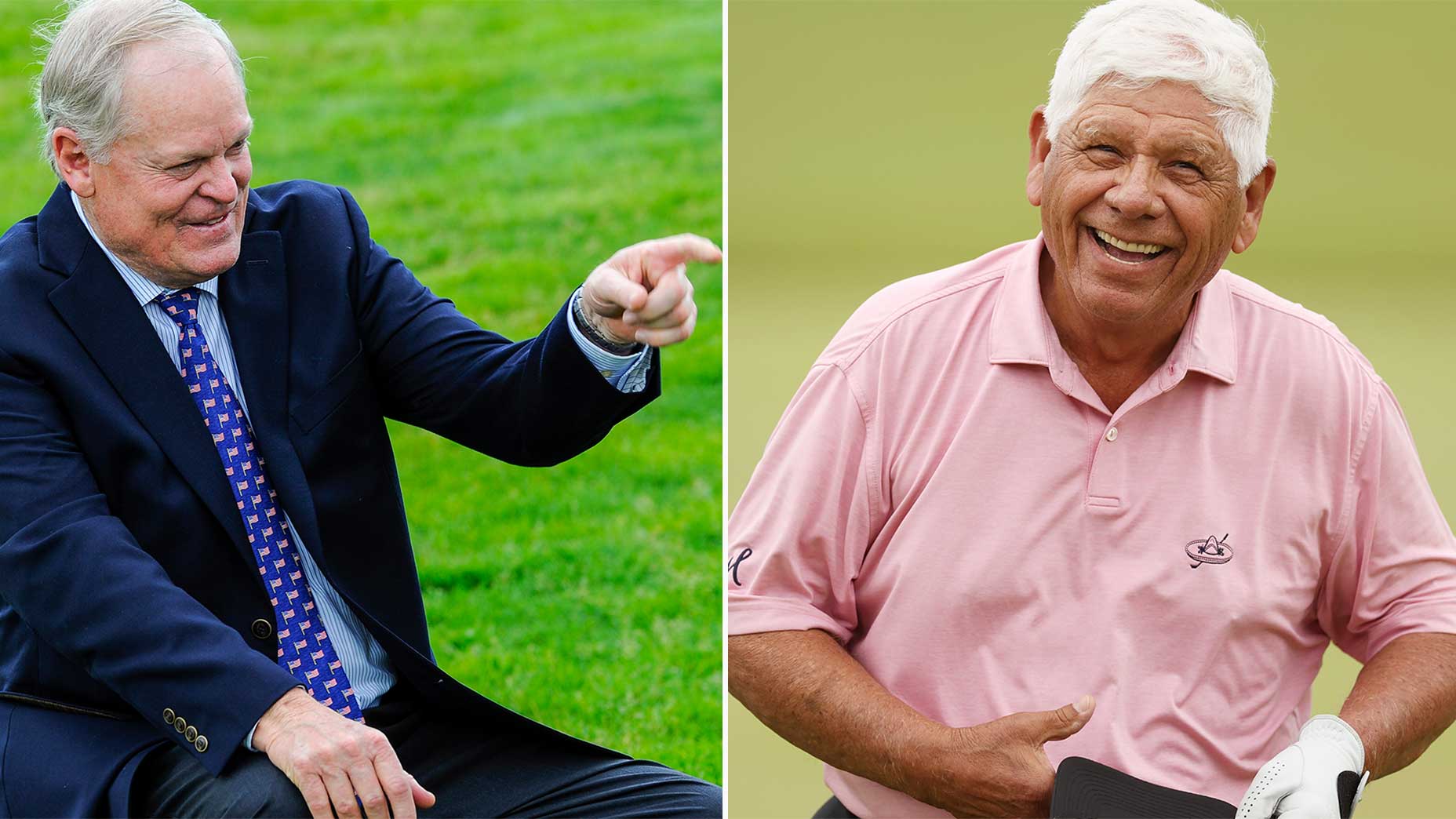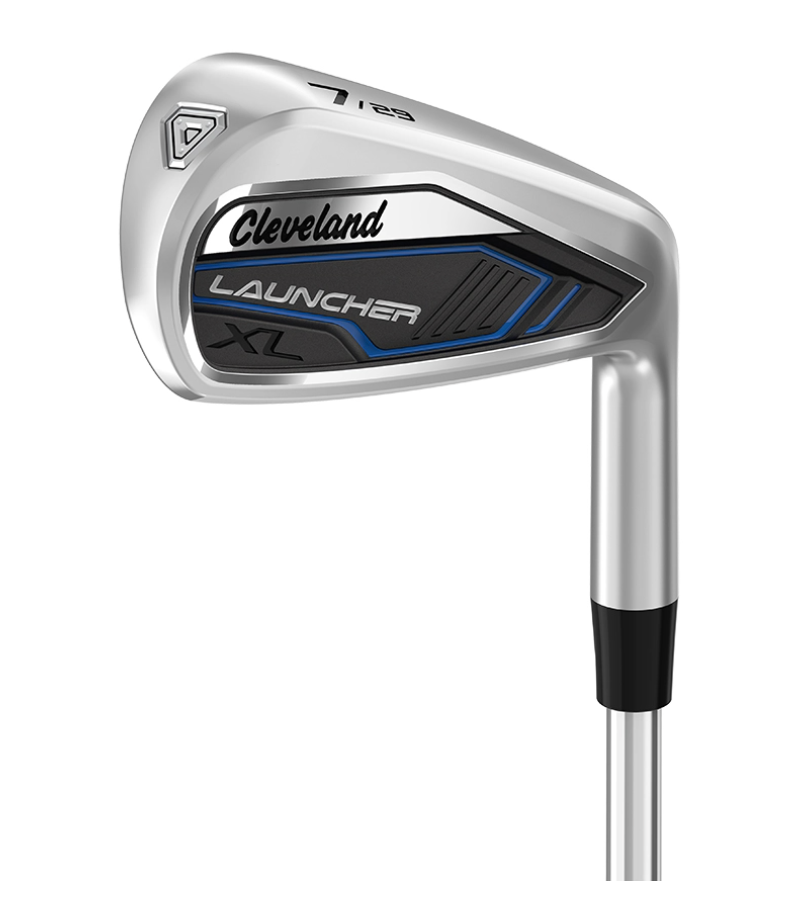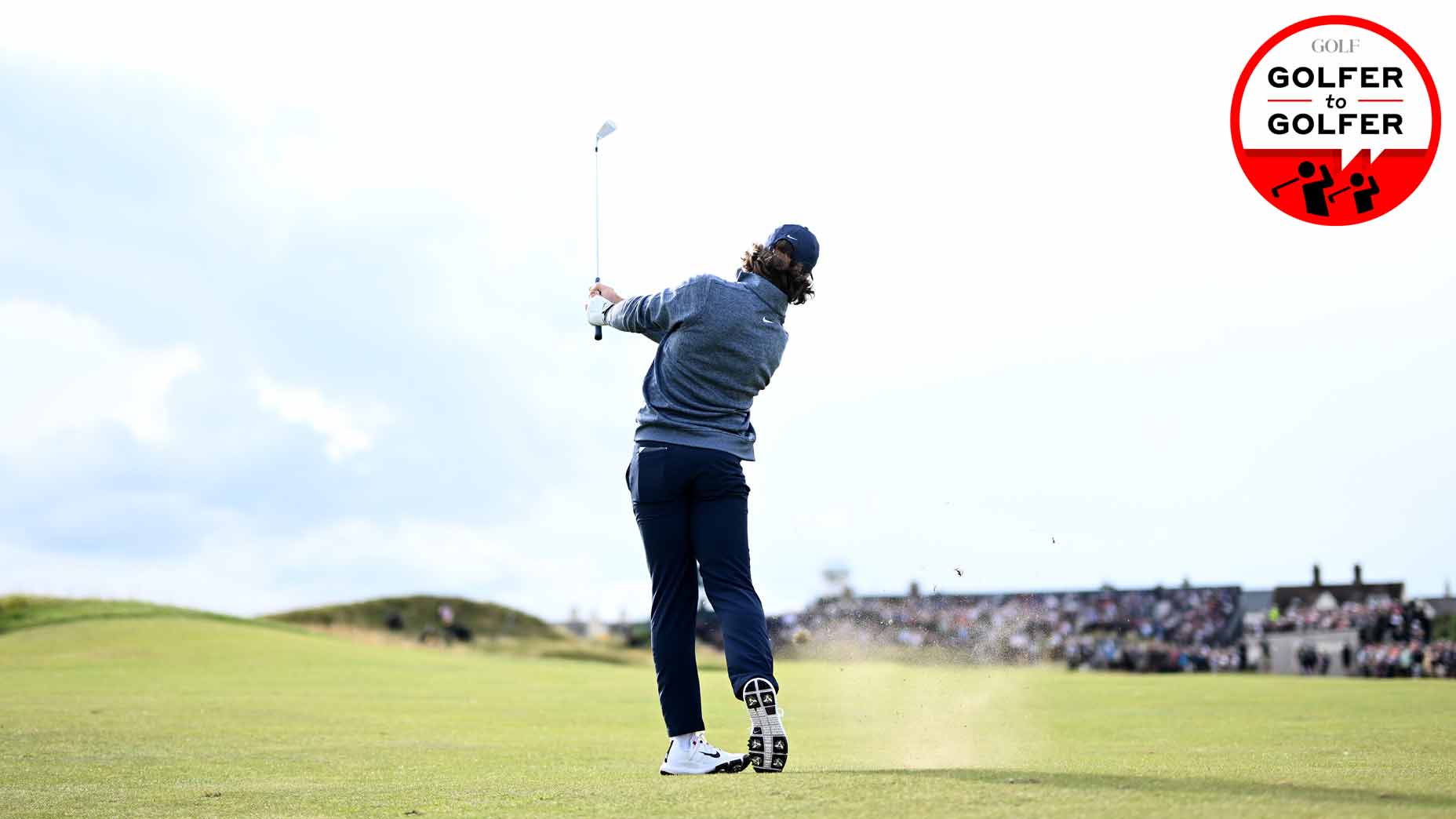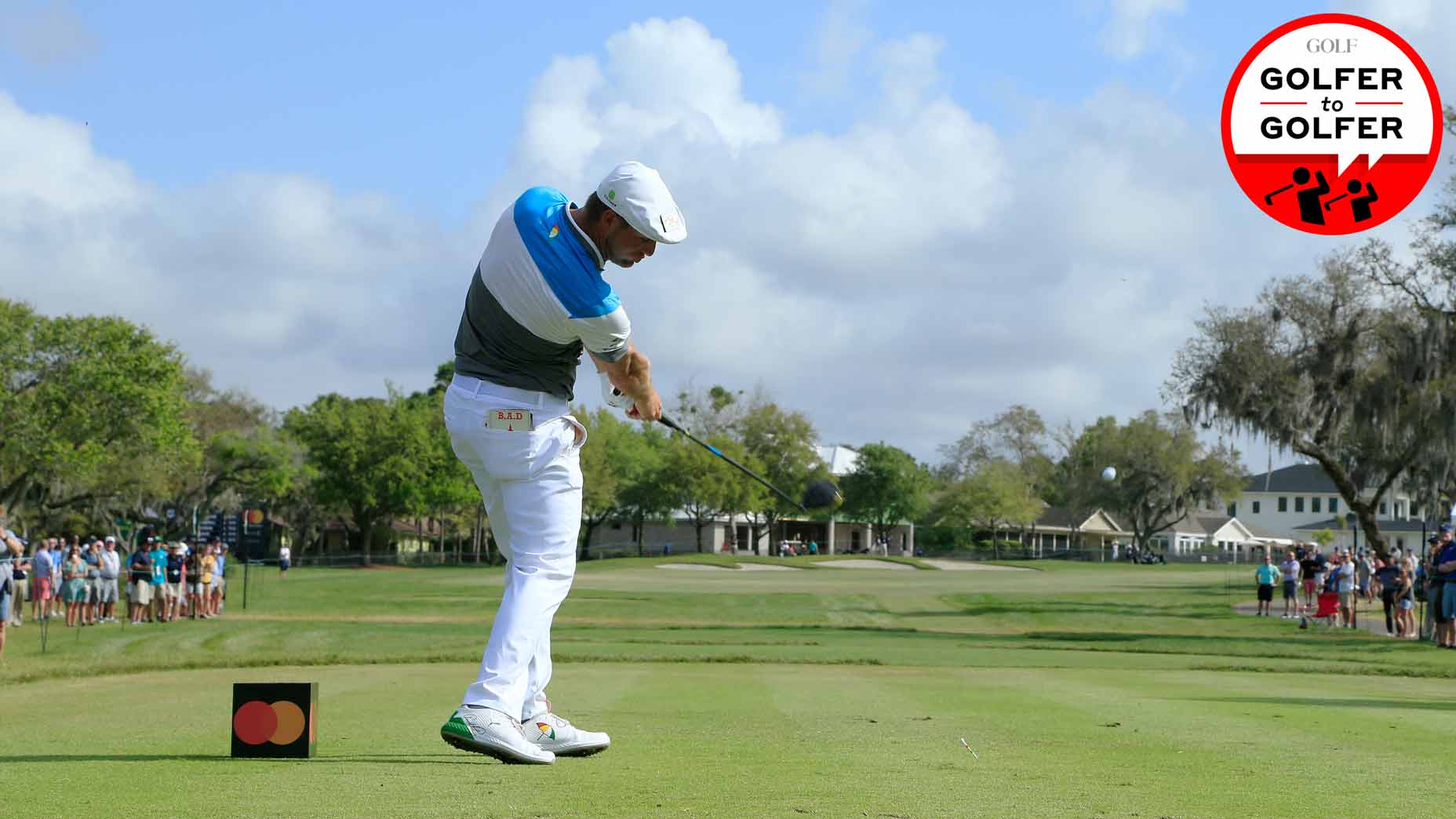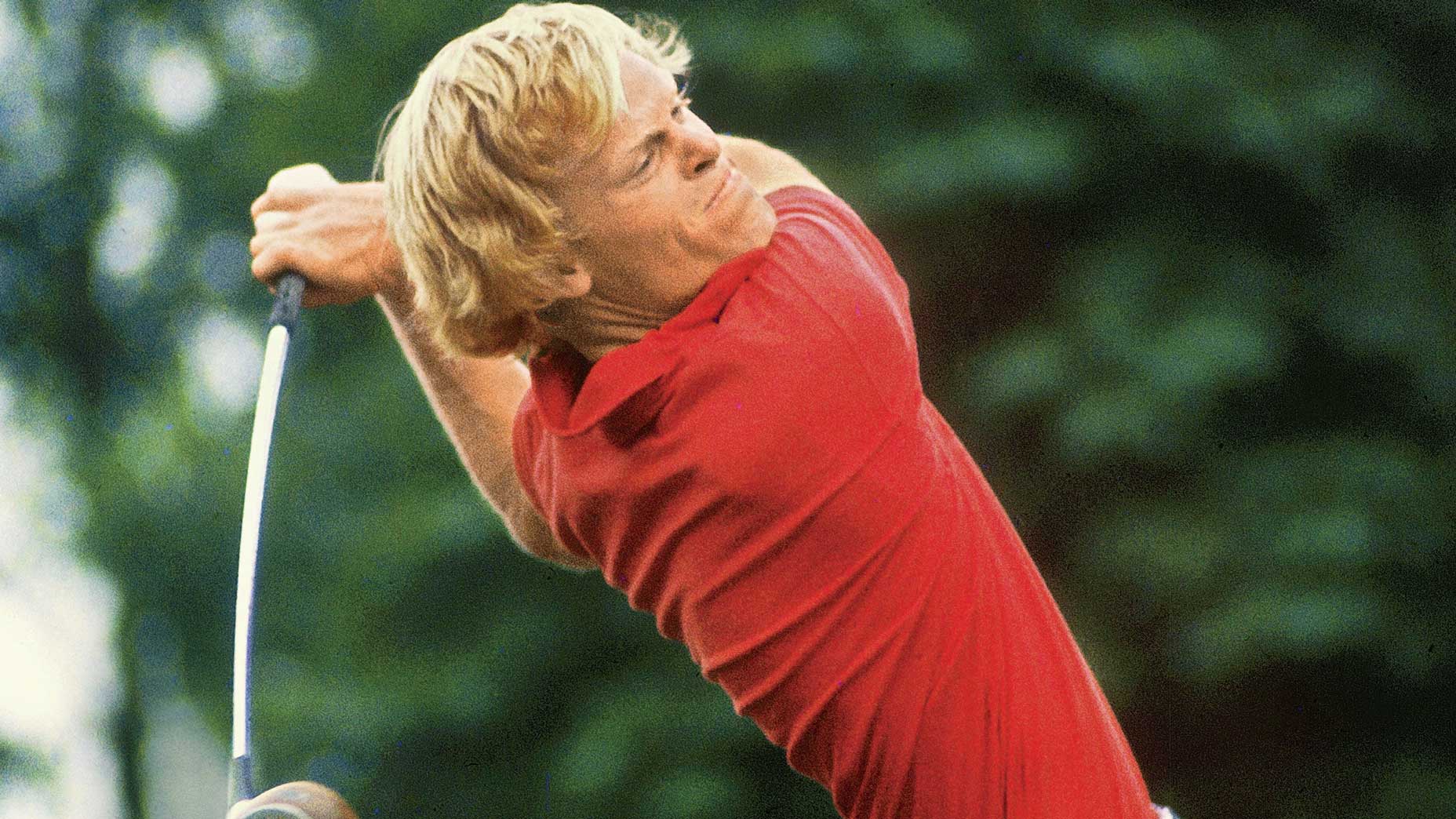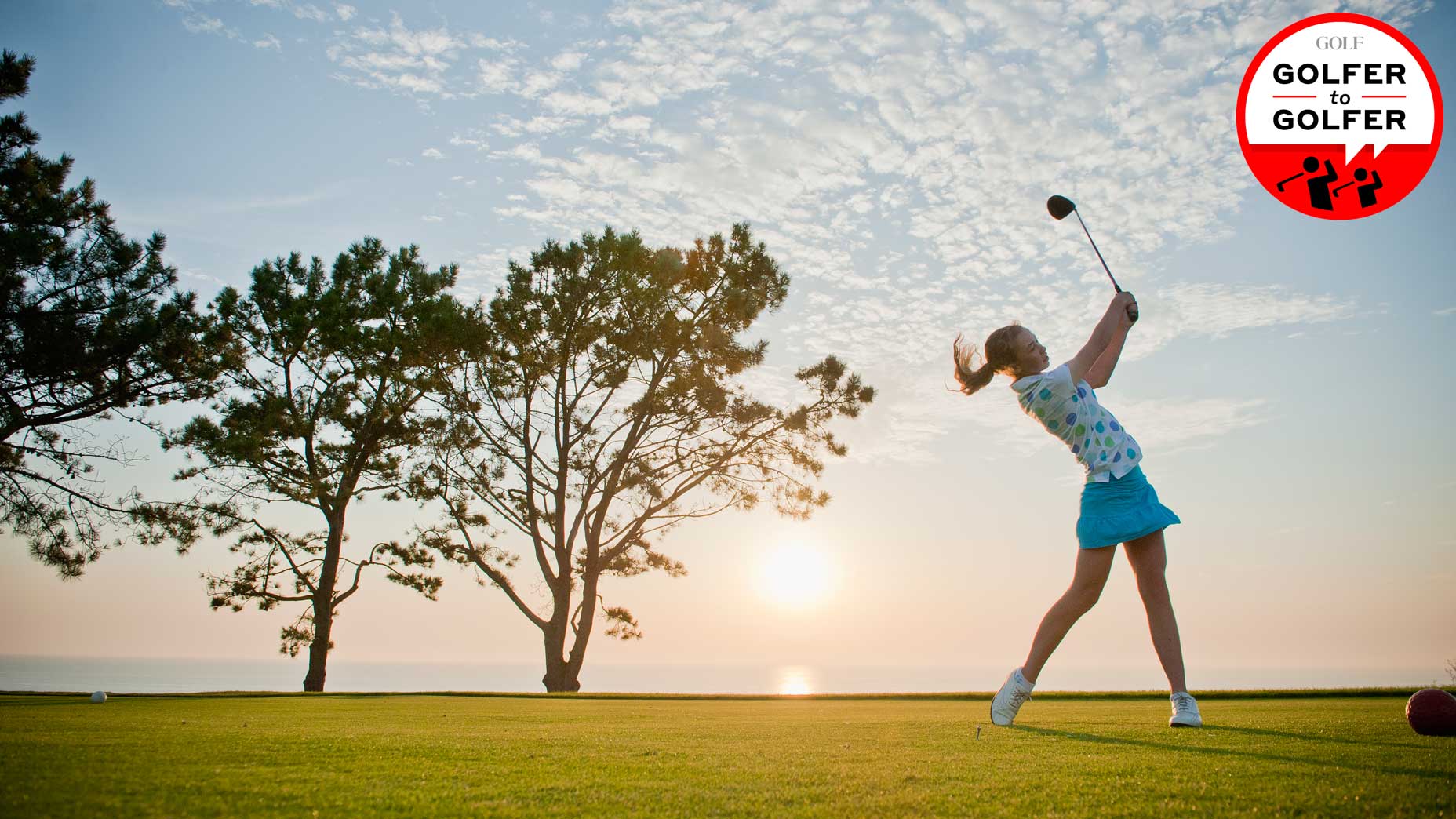Johnny Miller explains the secrets to his elite ball-striking
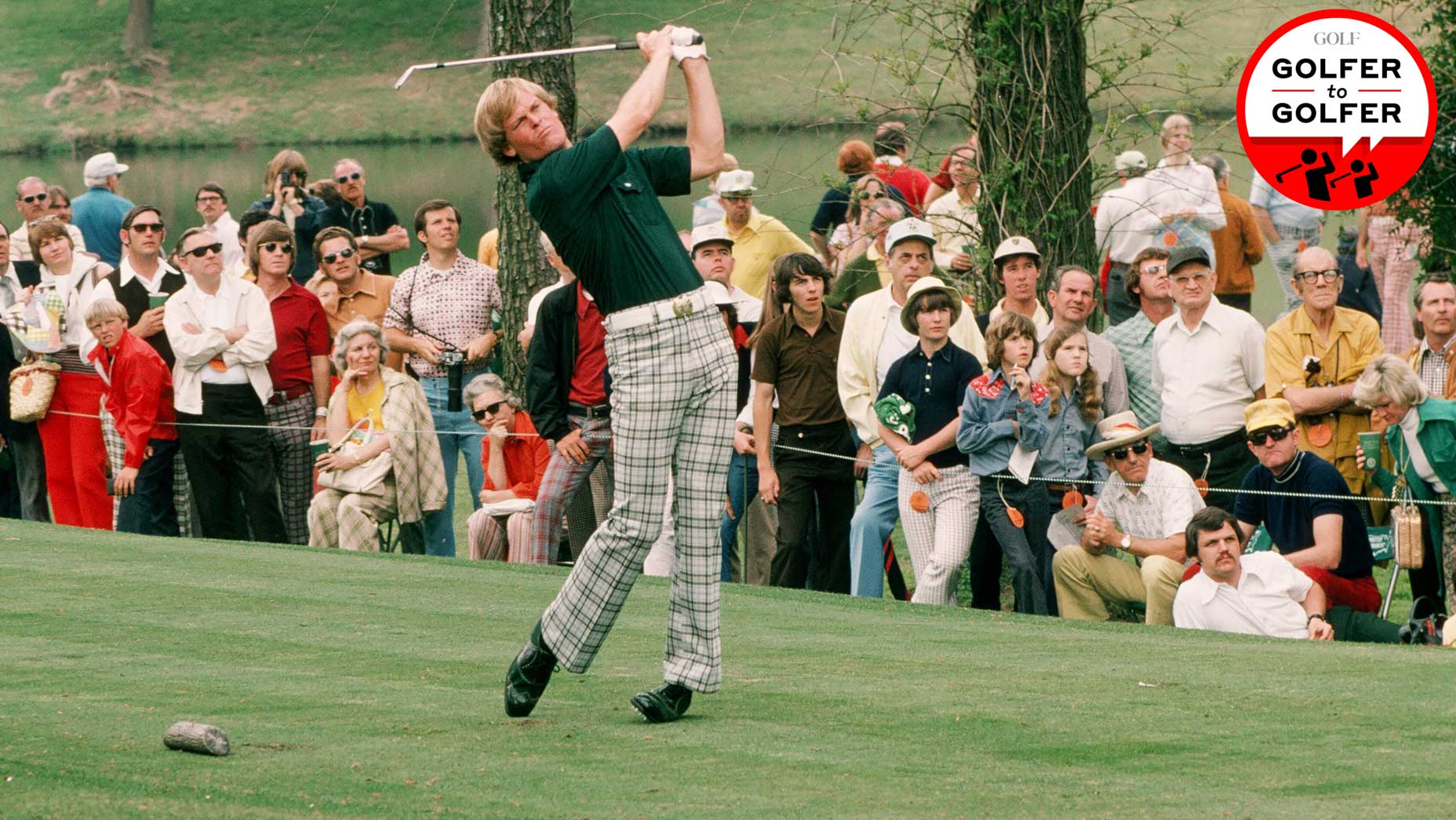
Johnny Miller is among the greatest ball-strikers of all time.
Getty Images
Welcome to Golfer-to-Golfer, where we try to learn from all different kinds of avid players out there in hopes that the rest of us can take away something that might improve our own games.
Johnny Miller’s name might not always be mentioned alongside some of the contemporaries from his era, but he was still one heck of a player. From 1971 to 1976, he was among the game’s most talented stars. During that stretch, he won 18 times, including two majors, one of which included a final-round 63 at Oakmont.
He did most of that damage on the strength of elite ball striking. The Hall-of-Famer was deadly accurate with an iron in his hands, and had excellent power to complement it. When discussing some of the greatest shot makers of all time, Miller will always be in the conversation.
This week’s U.S. Open marks the 50th anniversary of Miller’s iconic victory at Oakmont, and the USGA is also honoring him at Los Angeles Country Club with the Bob Jones Award. During his availability with the media, Miller shared numerous insights into his life, his playing days and broadcasting career. He also shared some great nuggets on game improvement, some of which you can take to improve your own game.
Johnny Miller’s secrets to ball striking
You don’t become a Hall-of-Famer by accident, and Miller is a prime example. Most players in the World Golf Hall of Fame excel among their peers in at least one aspect of the game, and for Miller, that was his ball-striking. Specifically, he said he always knew where his clubface was at impact.
“I would practice stopping the blade, like bam,” Miller said. “Not like this, not like that. I would practice right [at square] over and over.”
A square clubface is essential if you want to hit the ball straight, and it’s a fact that Miller used to inform his practice for the entirety of his career. Miller even went so far as to claim that he was focusing on impact long before teachers (and his peers) were ever concerned with such a thing.
Miller alluded to one day in the mid-70s when Jack Nicklaus approached him on the range asking him what he was working on. And when Miller explained he was focused on impact position, Nicklaus did not believe him.
“There was this long pause and he said, ‘No, you’re not. Nobody can think about impact,'” Miller said. “But I had worked on it so long that I could feel where my club face was at impact.”
With this uncanny sense of his clubface angle at impact, Miller could simplify his swing in a way few others could. Without having to worry about the clubface, all he had to do was swing toward the target.
Another key element of Miller’s ball-striking prowess was what he called a “brush drill.” He would make practice swings on the range making sure he just brushed the grass, nailing down the low point in his swing so he knew right where his club bottomed out every time he swung the club.
“You had to be able to brush that grass,” Miller said. “Those were things that I had come up with on my own. Nobody taught me those things. Just something told me those were pretty important things.”

